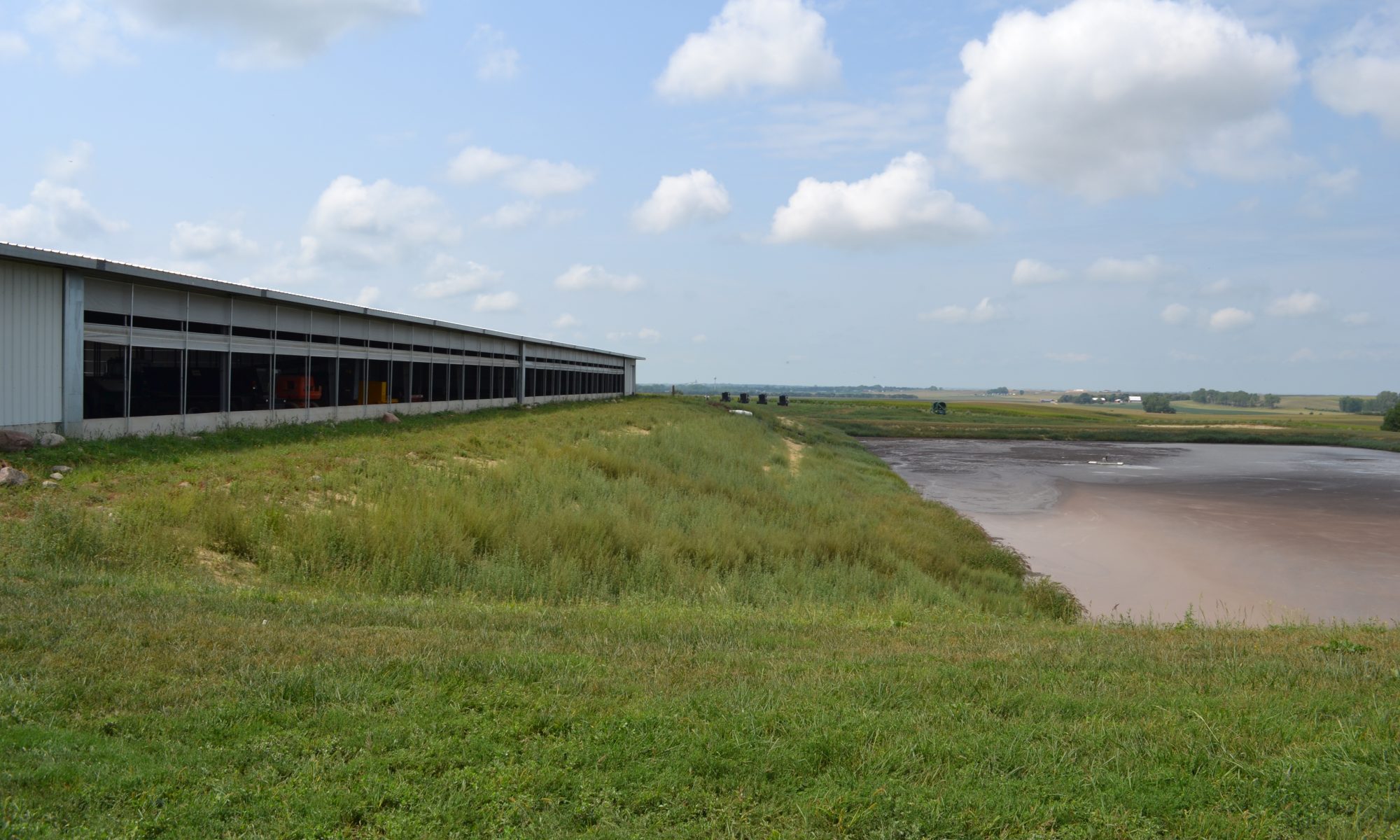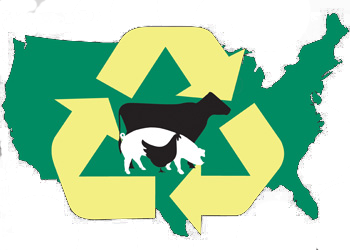Air emissions from animal agriculture operations and manure storage include gases and particulate matter (dust). The amounts and types of gases can be affected by many different factors, including animal diet. Altering animal diets to reduce the levels of air emissions can be done by finding ways to more closely match animal needs with nutrients available in their diet.
The materials on this page were developed to assist educators and professors who include animal diet, feed management and air emissions topics in their classrooms or educational programs.
Fact Sheet
Scott Carter, Oklahoma State University; Al Sutton, Purdue (retired); Rose Stenglein, University of Minnesota
Archived Webinar
This archive includes embedded videos 10 to 14 minutes in length. Topics include: beef cattle, reducing nitrogen excretion, dairy cattle, and swine. Links are included to download the individual videos and PDF versions of the presentation slides.
Additional Information
You may also be interested in visiting the LPELC Feed Management section for short articles (use the printer-friendly link to create handouts), archived webinars, and a series of dairy fact sheets. Most of these resources are focused on nutrient management with less emphasis on air emissions.
Acknowledgements
These materials were developed by the Air Quality Education in Animal Agriculture (AQEAA) project with financial support from the National Research Initiative Competitive Grant 2007-55112-17856 from the USDA National Institute of Food and Agriculture.
For questions about the materials on this page contact Dr. Kevin Janni, University of Minnesota (kjanni@umn.edu). For questions about the AQEAA project, contact Dr. Rick Stowell, Unviersity of Nebraska (rstowell2@unl.edu).
If you have presentations, photos, video, publications, or other instructional materials that could be added to the curricula on this page, please contact Dr. Janni or Jill Heemstra (jheemstra@unl.edu).



 Air emissions
Air emissions